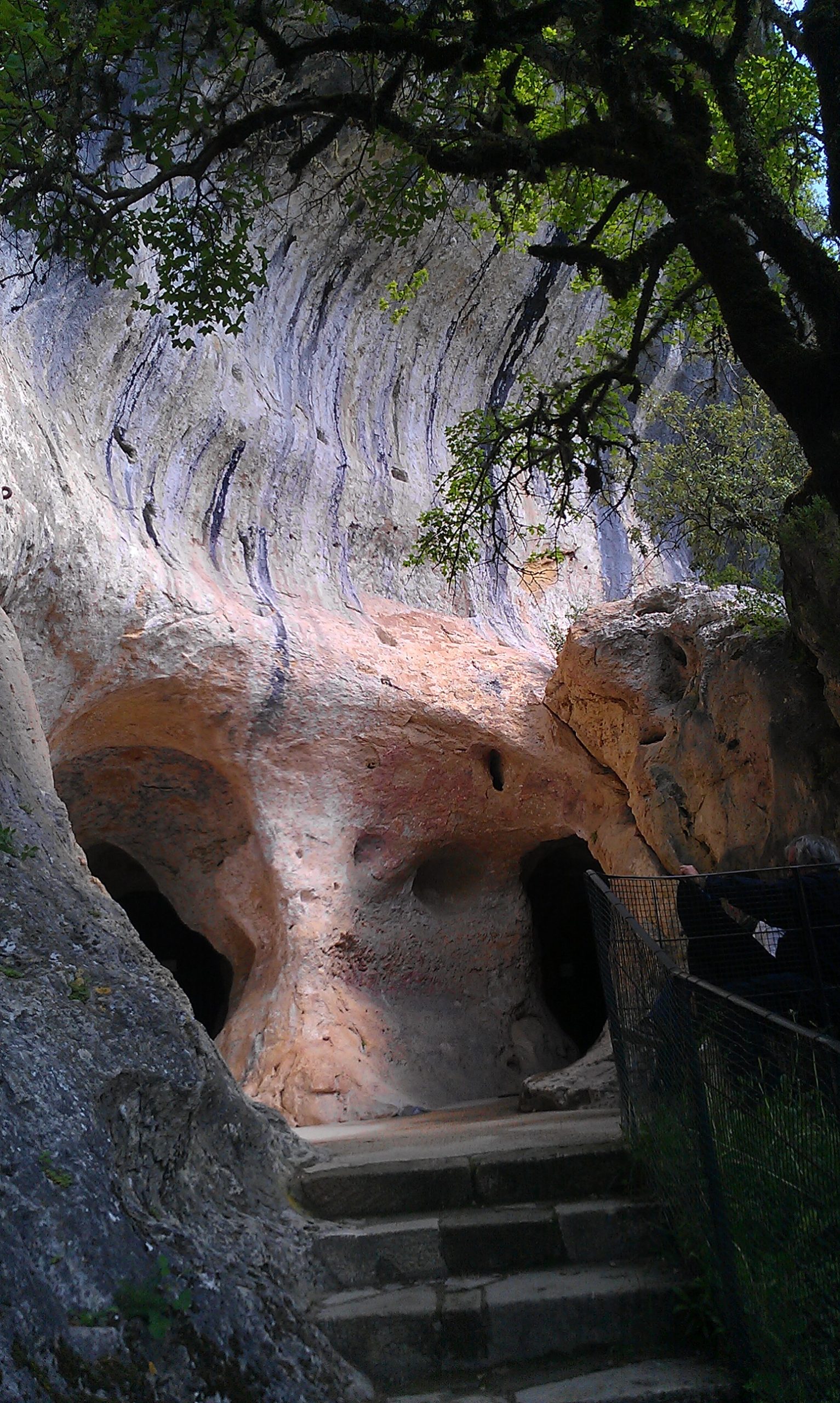The Grotte de Font-de-Gaume is a prehistoric cave located in the Dordogne region of France. It holds significant historical importance due to its Paleolithic cave paintings. These artworks are some of the few remaining polychrome, or multi-colored, paintings from this era. The cave is a key site for understanding early human artistic expression and has been a focal point for studies on prehistoric life. Discovered in 1901, it has since been protected as a cultural heritage site, offering insights into the lives and beliefs of our ancestors.
Ancient Artifacts
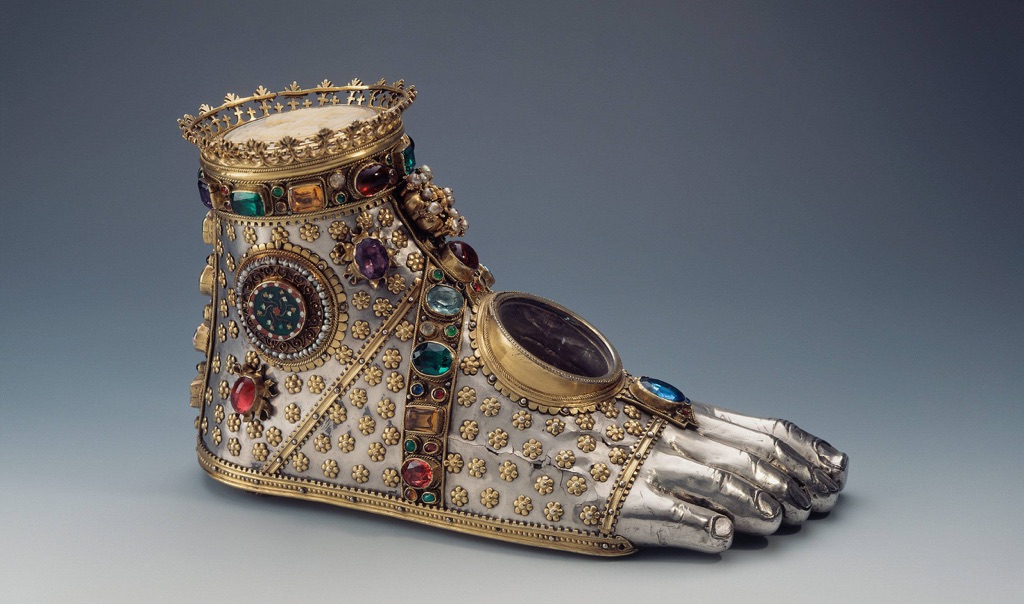
Moving to the East, ancient China artifacts like bronze vessels and oracle bones shed light on the rituals and governance of early Chinese dynasties. These artifacts highlight China’s long history of craftsmanship and written language. Similarly, ancient Egyptian artifacts are world-renowned, particularly for their funerary art, such as the treasures from King Tutankhamun’s tomb. These pieces reflect the Egyptians’ beliefs about death and the afterlife. Artifacts are not just old objects to be displayed in museums; they are keys to unlocking the secrets of human development across the ages. They preserve the ideas and values of people who lived thousands of years before us. Through careful study, they teach us about our collective history and heritage.
Among the most famous ancient artifacts in the world is the Rosetta Stone. Discovered in 1799, this granodiorite stele was the key to understanding Egyptian hieroglyphs—a script made of small pictures that was used originally in ancient Egypt for religious texts. The Rosetta Stone is inscribed with a decree issued at Memphis in 196 BC on behalf of King Ptolemy V. The decree appears in three scripts: the upper text is Ancient Egyptian hieroglyphs, the middle portion Demotic script, and the lower Ancient Greek. Because it presents essentially the same text in all three scripts, it provided the crucial link for scholars to decipher Egyptian hieroglyphs, thereby opening a window into ancient Egyptian history.

The title of the oldest artifact on earth goes to the stone tools found in Lomekwi 3, Kenya, which date back to 3.3 million years ago. These tools predate the earliest known humans and suggest that tool-making was a part of our pre-human ancestors’ way of life. These ancient tools mark a significant milestone in human evolutionary history, indicating the beginnings of technology and innovation. They are not just simple objects; they represent the dawn of human ingenuity and the very first steps towards the complex societies we have today.
An ancient artifact can be defined as any item made or used by humans in ancient times that has cultural, historical, or archaeological significance. These artifacts can range from monumental structures like the pyramids of Egypt to small, everyday objects like Roman coins. They can include items as diverse as weapons, clothing, and artwork. Each artifact, no matter its size or apparent significance, offers a glimpse into the lives of those who came before us, providing evidence of past behaviors, beliefs, and social structures.
Famous ancient artifacts not only include monumental finds like the Rosetta Stone or the treasures of Tutankhamun’s tomb but also the Terracotta Army of China, the Dead Sea Scrolls, and the Venus of Willendorf. The Terracotta Army, buried with the first Emperor of China, Qin Shi Huang, consists of thousands of life-sized figures meant to protect the emperor in the afterlife. The Dead Sea Scrolls, discovered in a series of caves near the Dead Sea, are ancient Jewish texts that offer invaluable insight into the history of Judaism and the early text of the Bible. The Venus of Willendorf, a small Paleolithic figurine discovered in Austria, dates back to about 28,000 BCE and is thought to represent fertility. Each of these artifacts, in its own way, has reshaped our understanding of human history, offering evidence of the complexity, diversity, and ingenuity of ancient civilizations.
List of Discovered Ancient Artifacts
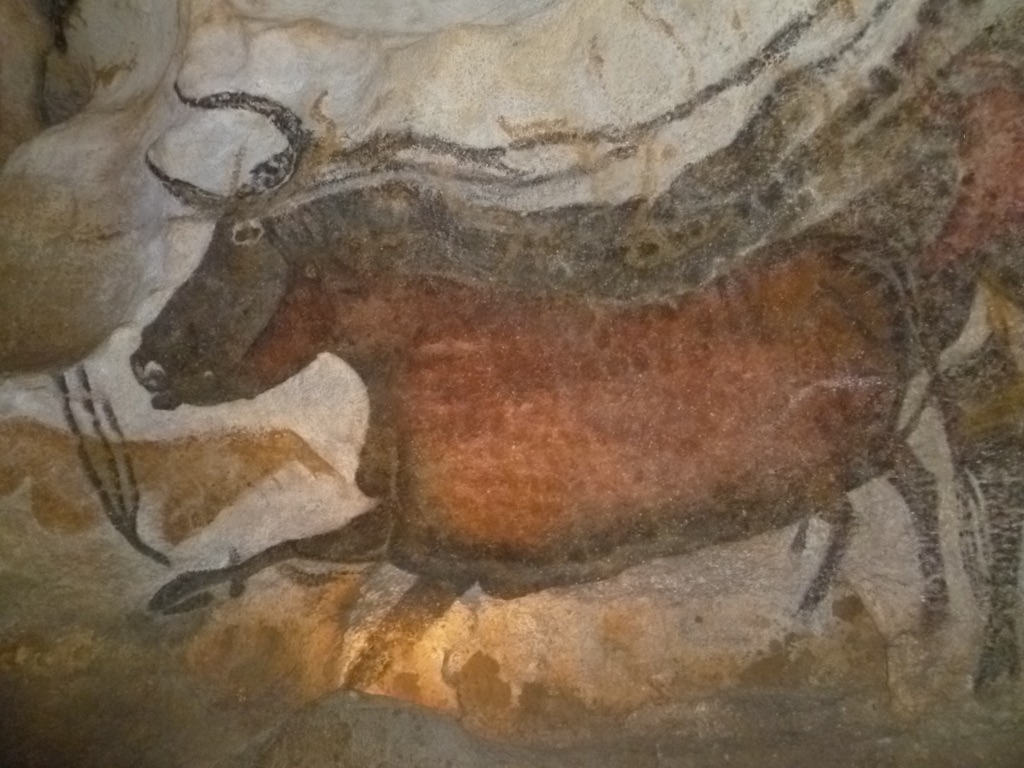
Lascaux Cave
The Lascaux Cave, a complex of caves in southwestern France, is famous for its Paleolithic cave paintings. Discovered in 1940 by four teenagers, the cave’s walls are adorned with over 600 paintings and 1,500 engravings that date back to approximately 17,000 years ago. These artworks depict large animals, human figures, and abstract signs, providing a window into the lives and minds of our prehistoric ancestors. The cave is a UNESCO World Heritage site and is considered one of the most significant sites of prehistoric art in the world.

Grotte de Rouffignac
The Grotte de Rouffignac, also known as the Cave of the Hundred Mammoths, is a prehistoric cave located in the Dordogne department in France. Renowned for its Paleolithic cave paintings and carvings, this site is a treasure trove of ancient art. The cave extends over 8 kilometers and contains over 250 engravings and drawings that have been preserved for thousands of years. The artwork predominantly features mammoths, hence the cave’s nickname, but also includes depictions of rhinoceroses, horses, and bison. The Grotte de Rouffignac is part of the UNESCO World Heritage list, recognized for its outstanding contribution to the understanding of prehistoric Europe.
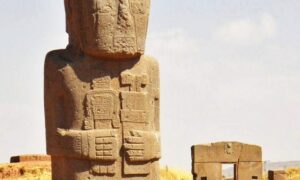
Ponce Monolith
The Ponce Monolith is a striking archaeological artifact from the ancient city of Tiwanaku, located in modern-day Bolivia. This intricately carved statue stands as a testament to the skill and artistry of the pre-Columbian Tiwanaku culture. It is named after Carlos Ponce Sanginés, a Bolivian archaeologist who conducted extensive research at the site. The monolith is adorned with complex carvings, which have intrigued scholars and visitors alike, leading to various interpretations of its purpose and symbolism.
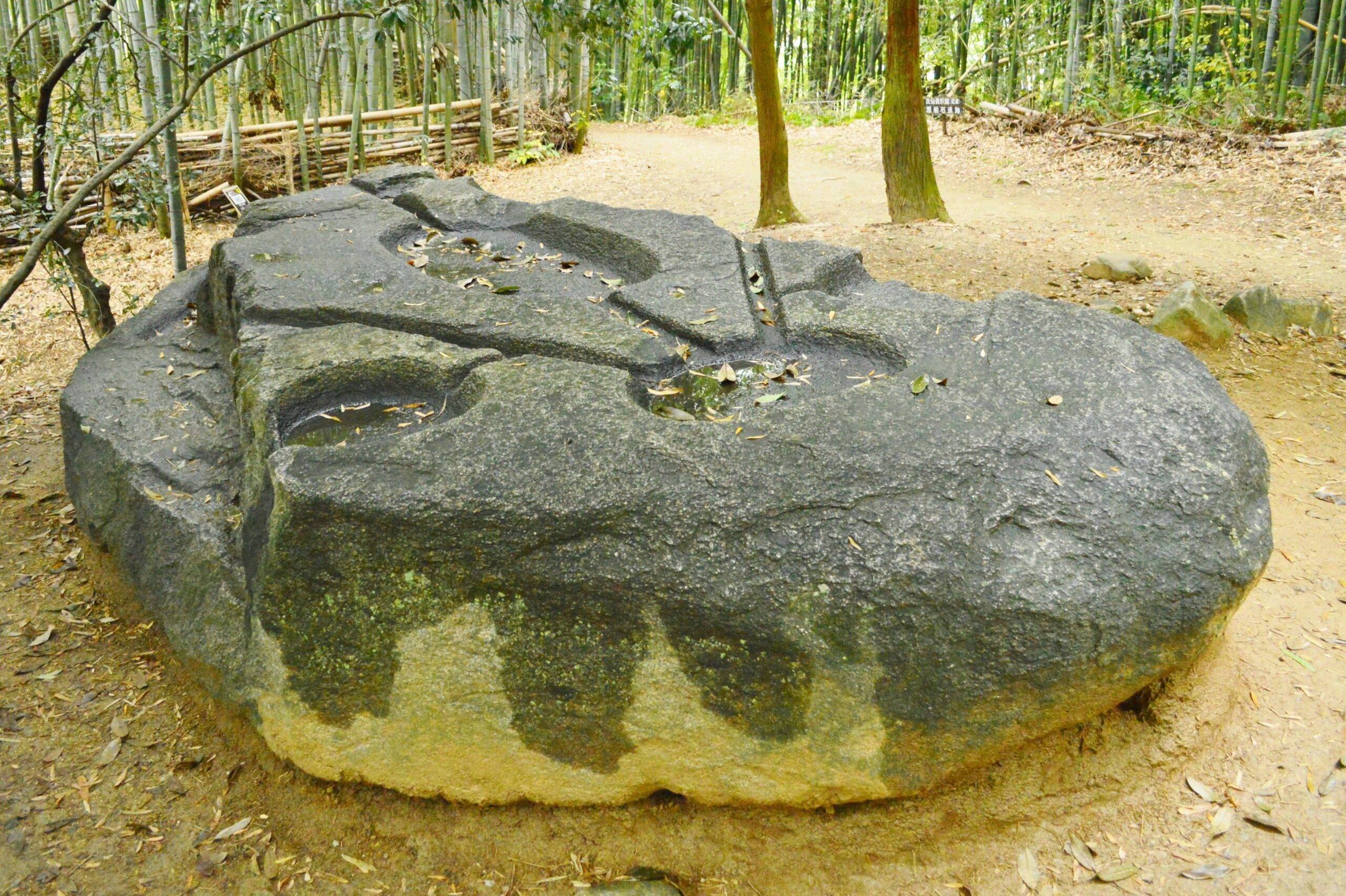
Sakafuneishi Stone
The Sakafuneishi Stone is a mysterious artifact located in Asuka, Nara, Japan. It dates back to the Asuka period, a time of significant cultural and political change in Japanese history. This stone structure has puzzled historians and archaeologists for years due to its unique shape and undeciphered purpose. The stone’s name, which translates to “Sake…
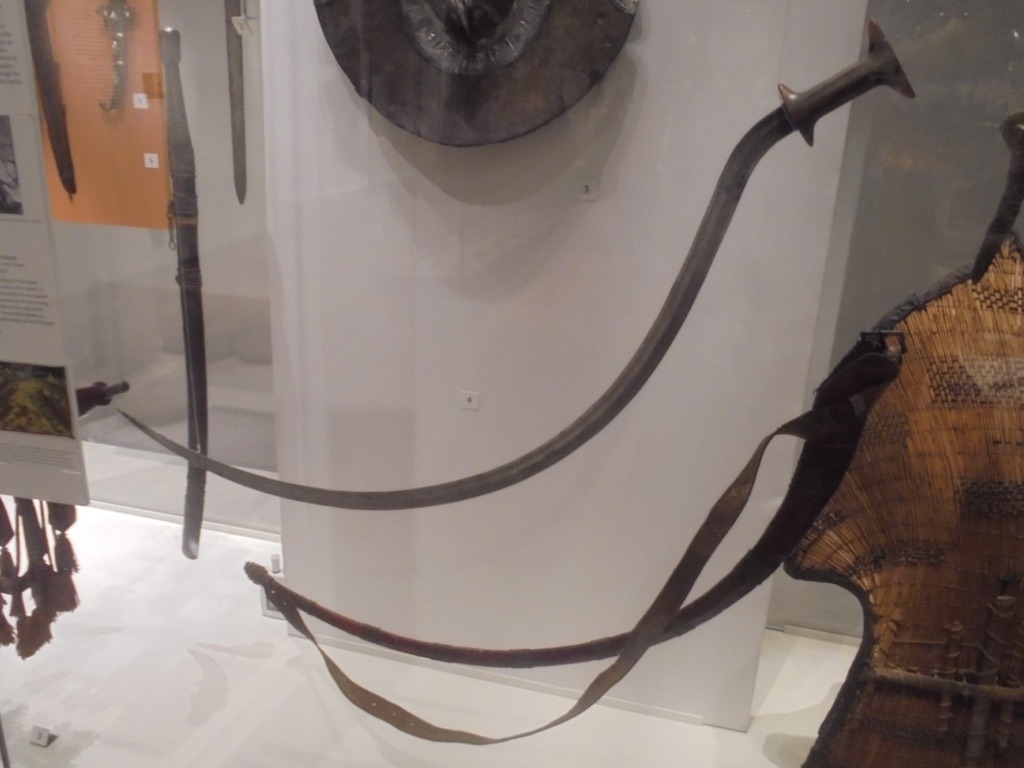
Shotel Sword
The Shotel Sword is a curved blade originating from Ethiopia. It is known for its unique, sickle-like shape that curves almost into a full circle. This design allowed the wielder to reach around an opponent’s shield and stab or slash them from the side. The Shotel was a symbol of status and bravery, often associated with the Ethiopian warriors and nobility. Its use dates back to at least the 1st millennium AD and was a prominent weapon in the Horn of Africa for centuries.

